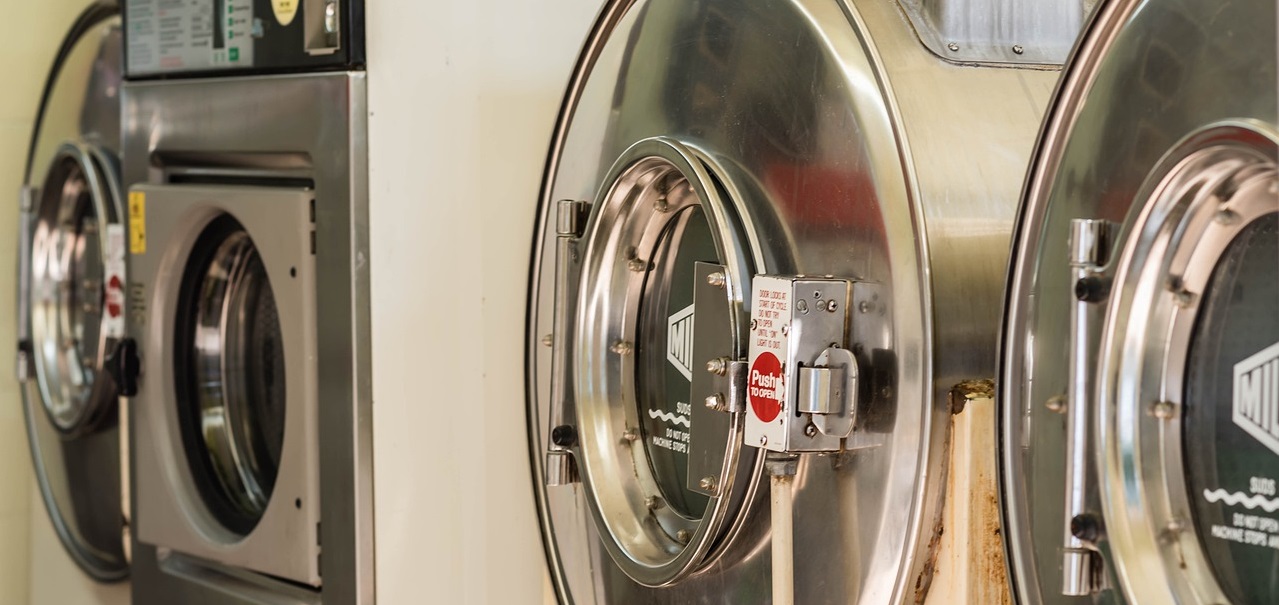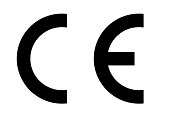Construction Products Regulation (CPR 305/2011/EU)
The Construction Products Regulation (CPR 305/2011/EU), published by the European Parliament on 9 March 2011, repeals the Construction Products Directive (CPD 89/106/EEC) and enacts stricter rules on the construction industry.
CE marking is mandatory for all construction products placed on the market in the European Economic Area and it is covered by a harmonized European product standard or a European Technical Assessment (These are used by manufacturers of products which are not covered by a harmonized European standard but who still wish their products to be CE marked).
The CPR aims to ensure that reliable performance-related data is made available, by means of Declarations of Performance, in relation to construction products being placed on the European market.
The primary purpose of the CPR is to break down technical barriers to trade in order to ensure the free movement of construction products across Member States within the European Union. It does this by harmonising those elements which previously led to barriers by providing for:
-
a system of harmonised technical specifications (over 450 harmonised standards for construction products (hENs) are currently in force)
-
an agreed system of attestation of conformity and verification of constancy for each product family (as set out in the harmonised technical specifications)
-
a framework of notified bodies, and
-
the mandatory CE marking of construction products as a passport to the internal market
It is important to note that the CPR does not aim to harmonise national building codes. Each Member State is free to set its own requirements on the performance of building works and, by virtue of same, construction products when in use. The choice of required performance values for specific intended uses to which construction products are put to rest with each Member State.
What products are covered by Construction Products Regulation (CPR 305/2011/EU)?
The Regulation applies to construction products. The definition of construction products includes any product or set of products manufactured and placed on the market for permanent use for construction purposes, which directly affects the quality of construction work:
-
Precast normal/lightweight/autoclaved aerated concrete products
-
Doors, windows, shutters, gates and related building hardware
-
Membranes, including liquid applied and kits (for water and/or water vapour control)
-
Thermal insulation products. -Composite insulating kits/systems
-
Structural bearings
-
Pins for structural joints
-
Chimneys, flues and specific products
-
Gypsum products
-
Geotextiles, geomembranes, and related products
-
Curtain walling/cladding/structural sealant glazing
-
Fixed firefighting equipment (fire alarm/detection, fixed firefighting, fire and smoke control and explosion suppression product)
-
Sanitary appliances
-
Circulation fixtures: road equipment
-
Structural timber products/elements and ancillaries
-
Wood based panels and elements
-
Cement, building limes and other hydraulic binders
-
Reinforcing and prestressing steel for concrete (and ancillaries)
-
Post tensioning kits
-
Masonry and related products
-
Masonry units, mortars, and ancillaries
-
Waste water engineering products
-
Floorings
-
Structural metallic products and ancillaries
-
Internal & external wall and ceiling finishes
-
Internal partition kits
-
Roof coverings, roof lights, roof windows, and ancillary products
-
Roof kits
-
Road construction products
-
Aggregates
-
Construction adhesives
-
Products related to concrete, mortar and grout
-
Space heating appliances
-
Pipes-tanks and ancillaries not in contact with water intended for human consumption
-
Construction products in contact with water intended for human consumption
-
Flat glass, profiled glass and glass block products
-
Power, control and communication cables
-
Sealants for joints
-
Fixings
-
Building kits, units, and prefabricated elements
-
Fire stopping, fire sealing and fire protective products
-
Fire retardant products
Declaration of Conformity to Regulation EC 305/2011
The Declaration of Conformity also known as Declaration of Performance (DoP) according to Regulation EC 305/2011 shall be:
-
Filed on paper or electronically
-
Published online in accordance with Commission Regulation 157/2014
Minimum content of the declaration of performance:
-
Product type
-
Evaluation system
-
Number and date of the harmonized standard
-
Purpose
-
List of main features
-
Description of at least one main characteristic
In order to draw up a Declaration of Performance to Regulation 305/2011 and obtain the CE marking it is necessary to undergo testing under several systems, depending on the type of product.
CE Marking according to CPR 305/2011/EU (cf. Annex ZA of the CPR)
The Annex ZA currently could be considered as a ‘checklist’ for CE Marking, where the manufacturer can see all the possible requirements of his products and how they can be tested. This will, under the CPR, form a checklist for the drawing up of a Declaration of Performance (DoP) and for affixing the CE Mark.
All the information supplied with the DoP should be obtained by strictly applying the methods and criteria provided by the relevant hEN8. The DoP provides information about the essential characteristics of the product. The manufacturer, by drawing up his DoP, assumes the responsibility for the conformity of the construction product with the declared performance. The application of the CE mark follows the DoP and effectively certifies that the manufacturer has strictly followed all the applicable procedures in drawing up his DoP and that, consequently, the DoP is accurate and reliable.
Responsibilities of economic operators
MANUFACTURER
Construction products which are covered by harmonised European product standards (hENs), will be required, when placing a product on the market, to:
-
make a Declaration of Performance (DoP) for the product, and
-
affix the CE mark
The European Standards Organisation, CEN, is working to modify the template for Annex ZA in the hENs to address the changes introduced by the CPR. However, this will not affect the body of the standard or the material content of Annex ZA in terms of product characteristics, test methods or the agreed role of the manufacturer and the notified body. Therefore, as matters stand, the current Annex ZAs can be used by manufacturers to prepare for 1 July 2013.
The manufacturer must also:
-
keep documentation for 10 years,
-
ensure consistent production,
-
monitor the product on the market,
-
ensure the product is identifiable,
-
indicate a contact point on the product,
-
provide instructions and safety information in the appropriate languages,
-
take corrective measures where necessary, and
-
cooperate with requests from national authorities.
IMPORTER
The CPR has introduced a ‘chain of custody’ approach for construction products being placed on the market resulting in a greater legal responsibility for compliance with agents and importers.
To comply with the CPR, importers must:
-
satisfy themselves that the manufacturer has done all that is required to comply with the CPR,
-
ensure their (the importers) name and contact details appear on the product, labelling or associated documents,
-
ensure instructions and safety information are in the appropriate language of the particular market,
-
ensure that products are stored or moved under such conditions that don’t alter the products compliance,
-
monitor the product on the market,
-
take corrective measures where necessary,
-
keep documentation for 10 years, and
-
cooperate with requests from national authorities.
DISTRIBUTER
Distributors will have similar duty of care as that applicable to importers.
To comply with the CPR, distributors must:
-
take due care that the product is compliant and has all documentation to verify compliance with the CPR,
-
ensure instructions and safety information are in the appropriate language of the particular market,
-
ensure the manufacturer has made the product identifiable and the manufacturers / importers contact details are available,
-
ensure that products are stored or moved under such conditions that don’t alter the products compliance,
-
take corrective measures where necessary and cooperate with requests from national authorities.
EU Authorised Representative for construction products
If a manufacturer is located outside the European Union, he must appoint an authorized representative in the European Union in order to issue an EU declaration of conformity or to apply a CE mark to the products.
Duties of the authorised representative
The authorised representative acts on behalf of the manufacturer on the basis of a written mandate. The representative keeps a copy of the Declaration of Conformity (Declaration of Performance) and cooperates with the competent authorities on all matters relating to the construction products supplied by the manufacturer.
In addition to providing a complete range of services with regards to certification and declaration of conformity of products according to the requirements of Regulation (EU) No. 305/2011 CCIS-EXPERTISE also delivers a service of an authorized representative in the European Union.
The declaration and certification procedure of products according to the CPR 305/2011/EU:
In order to have a product evaluated by the European authorities, there are several steps to be followed:
-
Submission of an application for a European Technical Assessment: the manufacturer sends the assessment bodies a technical description of the product, its use and the production characteristics.
-
Conclusion of a contract with the technical evaluation body.
-
Agreement of the work plan: this takes place within three months of the application.
-
Draft European Approval Document: a preliminary European Assessment Document is drafted within 6 months of the approval of the work plan.
-
Amendments and postponement of the evaluation decision: agreed by an ad hoc working group in the European Commission.
-
Adoption and publication of the final product validation document. As soon as a product receives the CE marking, the European Assessment Document relating to it is published online in the languages of the European Union.
-
An observer from the European Commission may be present at all stages of the European evaluation process.
Statutory reference
EU Regulation 305/2011 was adopted on 9 March 2011. It establishes common conditions for the marketing of construction materials in the EU and replaces the Construction Products Directive 89/106/EEC (Council Directive 89/106/EEC - Construction Products Directive, CPD). The directive introduced four main elements:
-
CE marking of products
-
Harmonized technical standards (EN)
-
A common quality control system for each product category
-
A hierarchy of competent inspection bodies
Since the adoption of the Directive 89/106/EEC, many of its provisions needed updating, and therefore it was replaced by Regulation 305/2011 which aims to adapt the requirements for building materials in the European markets. The regulations entered into force on 24 April 2011, a transitional period lasting until 1 July 2013, and building materials marketed in the EU must then be certified in accordance with Regulation EU 305/2011.
Full text of the Regulation EU No. 305/2011
CCIS-EXPERTISE specialists will help you to:
-
identify directives and standards that apply to your products
-
prepare and evaluate the technical file
-
perform technical translation of all relevant documentation and drawings
-
determine the cost of certification work
-
carry out all procedures of the European certification process
-
conduct tests of any complexity in accredited European and national laboratories
-
prepare the declaration of conformity for you to sign
-
provide an authorised representative of your company in the EU
-
registration of CE marking of your products













